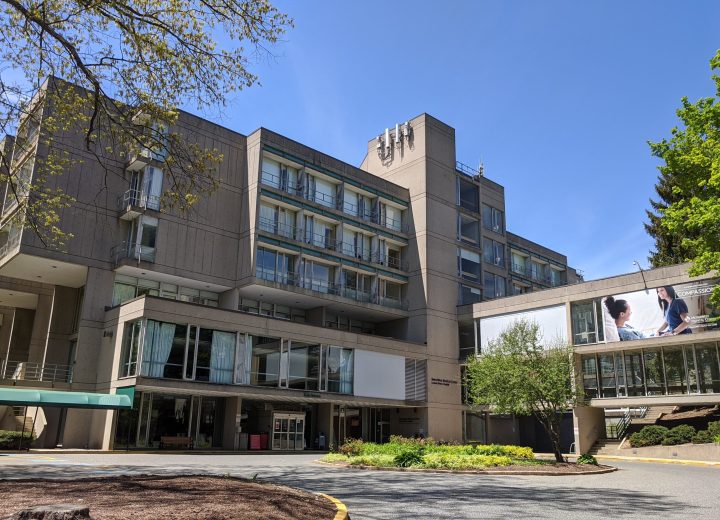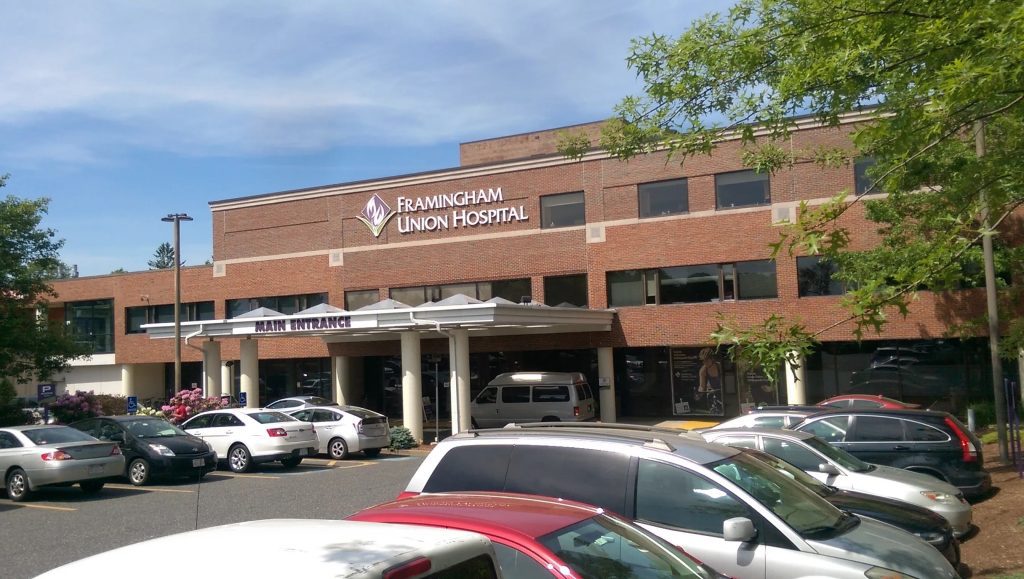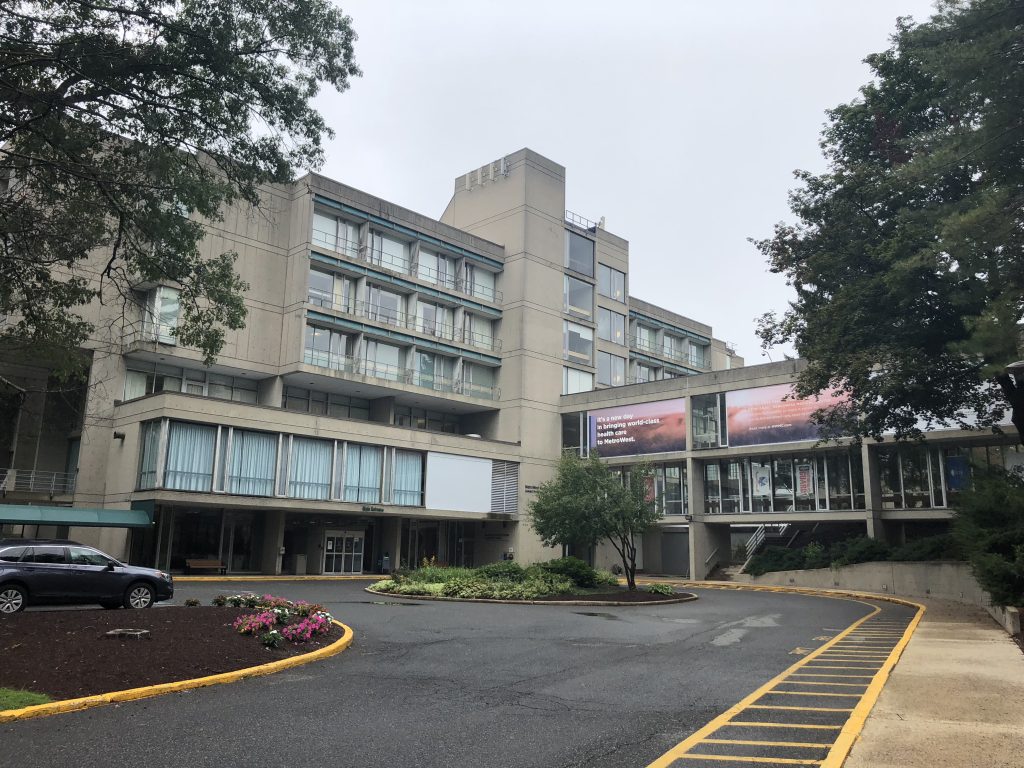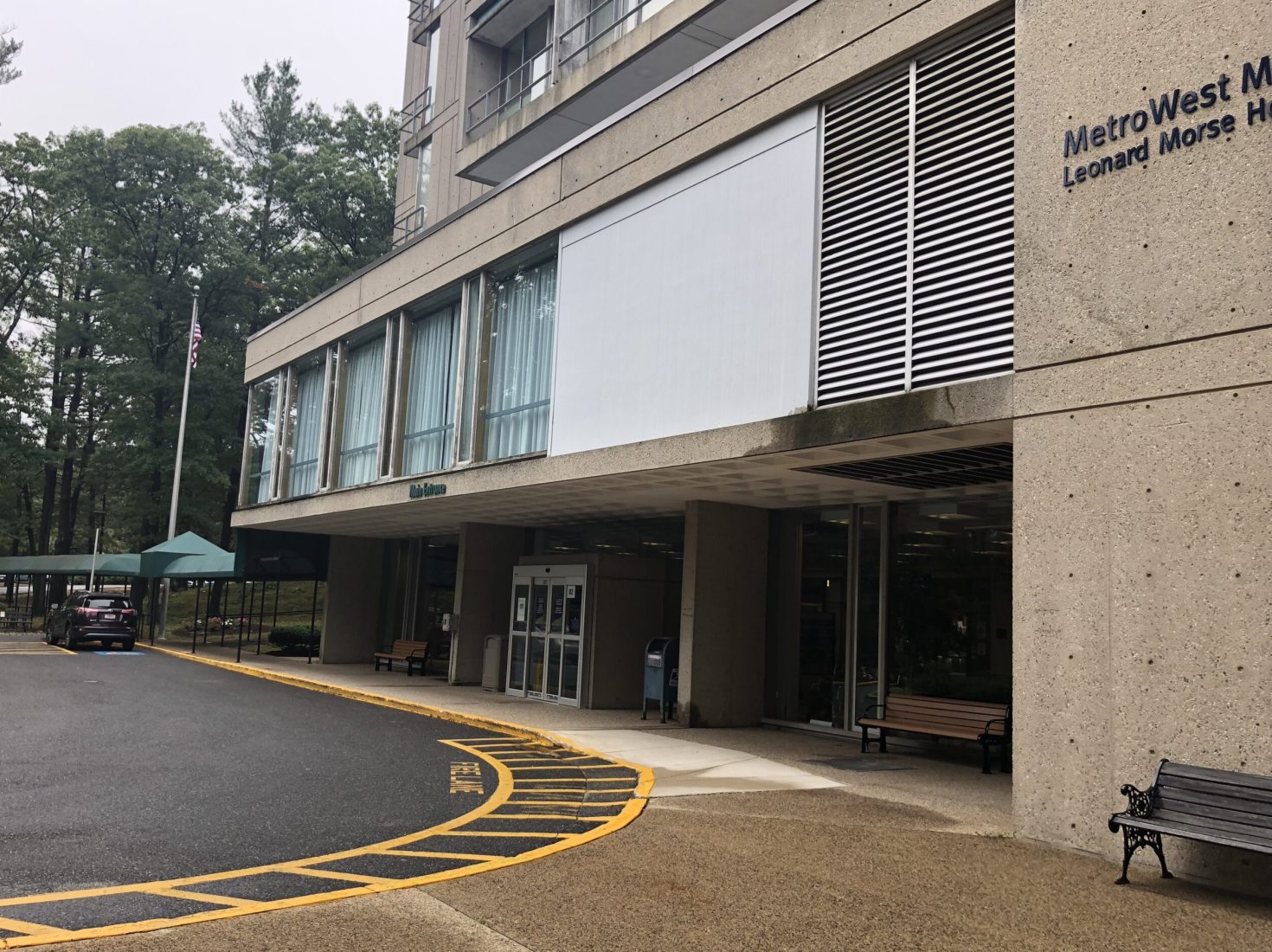Leonard Morse Hospital
Natick, MA
Since its founding in 1899 at the bequest of English settler Mary Ann Morse, the Leonard Morse Hospital has been providing state-of-the-art care for patients in and around the growing community of Natick, Massachusetts. The hospital campus evolved through a series of expansions into an amalgam of interconnected historic and modern structures, with diverse construction types and materials.
Tunnel Waterproofing Rehabilitation
To meet the energy and heating needs of this complex facility, a utilities plant on the campus periphery is connected to the main hospital building by a subterranean tunnel. When the hospital administration observed deterioration and efflorescence along critical conduits in the tunnel, as well as cracks and water staining in the concrete walls and ceiling, they acted swiftly to protect the integrity of this lifeline to the hospital.
MetroWest retained Hoffmann Architects + Engineers to design and oversee waterproofing rehabilitation at the subsurface tunnel. After evaluating existing documents, Hoffmann’s design professionals conducted field verification of conditions and construction details and provided the hospital with recommendations for repair. Due to the critical nature of the lines and conduits housed within the tunnel, Hoffmann designed and administered complete replacement of the waterproofing system, along with repairs to concrete damaged by water intrusion. The firm’s architects and engineers provided contract documents, bidding assistance, and construction administration services for the challenging below-grade project.
To keep a busy hospital going, production and delivery of utilities must be seamless and unfailing. At Leonard Morse Hospital, resolving water infiltration and repairing deterioration at the subsurface tunnel, which is the central artery of the utility distribution system, was essential to sustaining the facility’s high standard of patient care.
Water Infiltration Investigation
Hoffmann also investigated water infiltration at the hospital cafeteria, which had defied previous repair attempts and caused pervasive damage to interior finishes. Our architects and engineers traced the source of leaks to failed terminations and seams at the roof membrane, insufficient roof drainage, and rusted railing posts and cracked and spalled concrete at the roof perimeter. Hoffmann’s report to MetroWest provided recommendations for rehabilitation, including roof replacement, drainage improvements, concrete restoration, and railing refurbishment, that would resolve the leaks for the long term.




